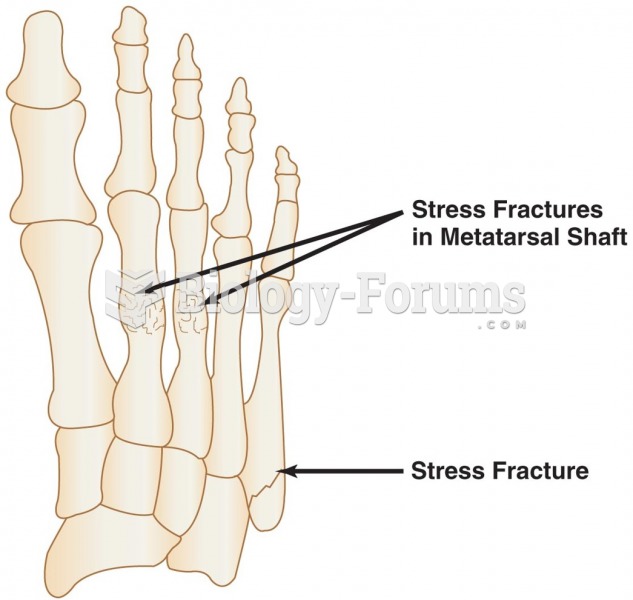Answer to Question 1
Pressures to avoid errors or complete tasks in a limited time, work overload, a demanding and insensitive boss, and unpleasant co-workers are examples of organizational factors that cause stress. These factors are based on task, role, and interpersonal demands. Task demands relate to a person's job. They include the design of the job (its degrees of autonomy, task variety, degree of automation), working conditions, and the physical work layout. Role demands relate to pressures placed on a person as a function of the particular role he or she plays in the organization. Role conflicts create expectations that may be hard to reconcile or satisfy. Role overload occurs when the employee is expected to do more than time permits. Interpersonal demands are pressures created by other employees. Lack of social support from colleagues and poor interpersonal relationships can cause stress, especially among employees with a high social need. A rapidly growing body of research has also shown that negative co-worker and supervisor behaviors, including fights, bullying, incivility, racial harassment, and sexual harassment, are especially strongly related to stress at work.
Organizational change is threatening to people and they often resist. Employees latch onto whatever data they can find that suggests they are okay and don't need to change, because change causes stress. Employees who have negative feelings about a change cope by not thinking about it, increasing their use of sick time, and quitting. However, resistance to change, like stress, can be a positive factor. Stress is positive as it can challenge a person and make them rise to an occasion. Resistance to change is positive if it leads to open discussion and debate.
Both change and stress are coped with by education and communication, abundance of resources, and wide social support. Other tactics for handling resistance to change, such as manipulation, would lead to increased stress and do not have a positive effect on stress factors.
Answer to Question 2
Answer: TRUE







